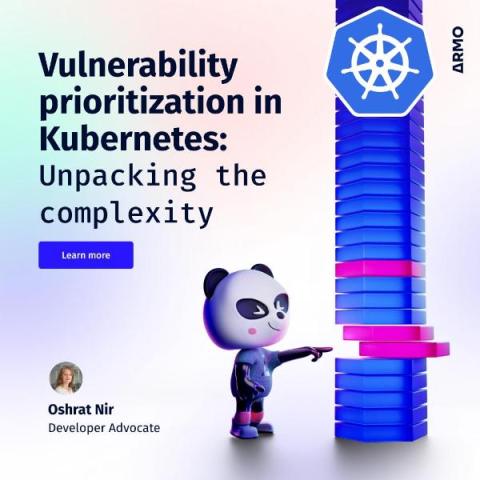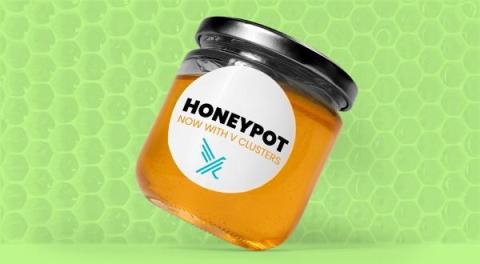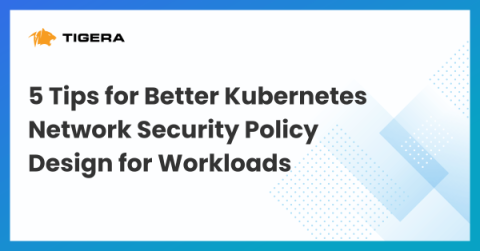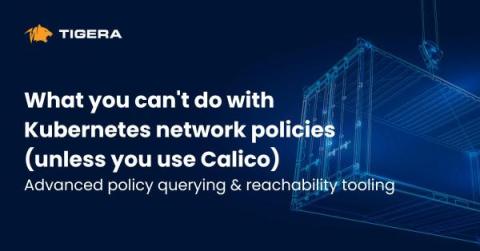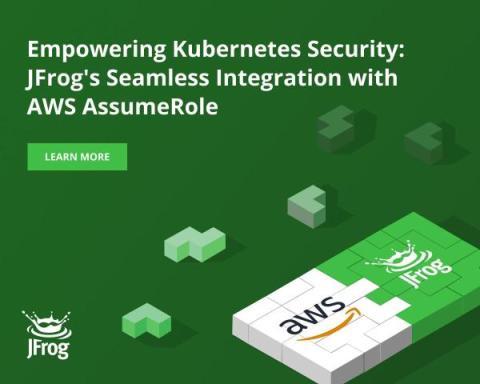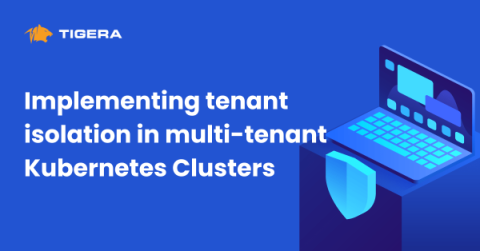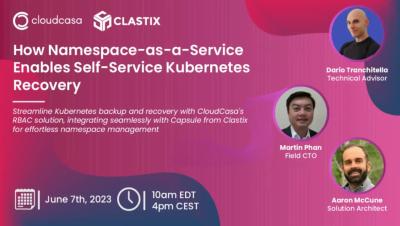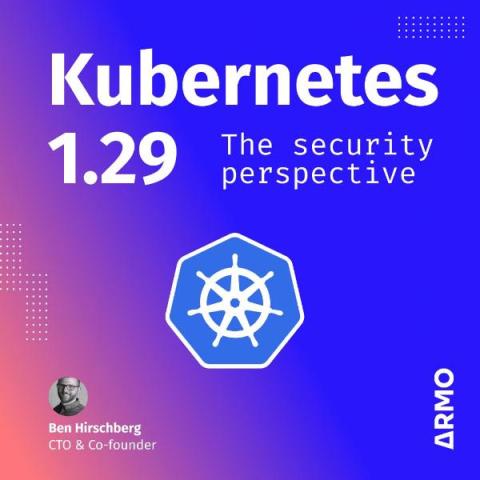Security | Threat Detection | Cyberattacks | DevSecOps | Compliance
Containers
Honeypots with vcluster and Falco: Episode II
This is part two in our series on building honeypots with Falco, vcluster, and other assorted open source tools. For the previous installment, see Building honeypots with vcluster and Falco: Episode I.
5 Tips for Better Kubernetes Network Security Policy Design for Workloads
The surge of cloud-native applications has propelled Kubernetes into the forefront, revolutionizing how we manage and deploy workloads. However, this exponential growth has also increased the security challenges, and attack surface, DevOps and Security teams must address. As we discussed in a previous blog post, traditional network security measures fall short when presented with Kubernetes’ dynamic nature, demanding a paradigm shift towards more adaptable solutions.
What you can't do with Kubernetes network policies (unless you use Calico): Advanced policy querying & reachability tooling
In my previous blog post, What you can’t do with Kubernetes network policies (unless you use Calico): Policies to all namespaces or pods, I talked about this use case from the list of nine things you cannot implement using basic Kubernetes network policy — policies to all namespaces or pods. In this blog post, we’ll be focusing on the next use case — advanced policy querying and reachability tooling.
Empowering Kubernetes Security: JFrog's Seamless Integration with AWS AssumeRole
In the fast-paced environment of cloud-native apps, security and seamless connections are a priority. Many DevOps and SecOps professionals use Kubernetes native features to handle their container security, keeping a tight grip on access and secrets to improve security posture. The integration between AWS AssumeRole and JFrog Access in Amazon Elastic Kubernetes Services (EKS), enhances enterprise security by automating secrets management.
Implementing tenant isolation in multi-tenant Kubernetes clusters
One recurrent point in our first interaction with Kubernetes users is the difficulty of implementing security controls on their Kubernetes clusters where tenant or workload isolation is required during rollout or runtime. This happens due to one of the following reasons: Calico provides several features and capabilities to cover each one of the above points with Policy Recommendation, Policy Board, and Dynamic Service and Threat Graph.
ReBAC to the Future! Building Policy on Neo4j Data with Enterprise OPA
Relationship-based Access Control (ReBAC) is a common requirement when applying Policy as Code controls in modern applications. Consider sharing a document with a collaborator in a different organization. As the collaborator is in another organization, it might be hard to grant them a pre-defined internal role without granting more permissions than needed – if indeed an external identity can be bound to an internal role at all. This is where ReBAC comes in.


